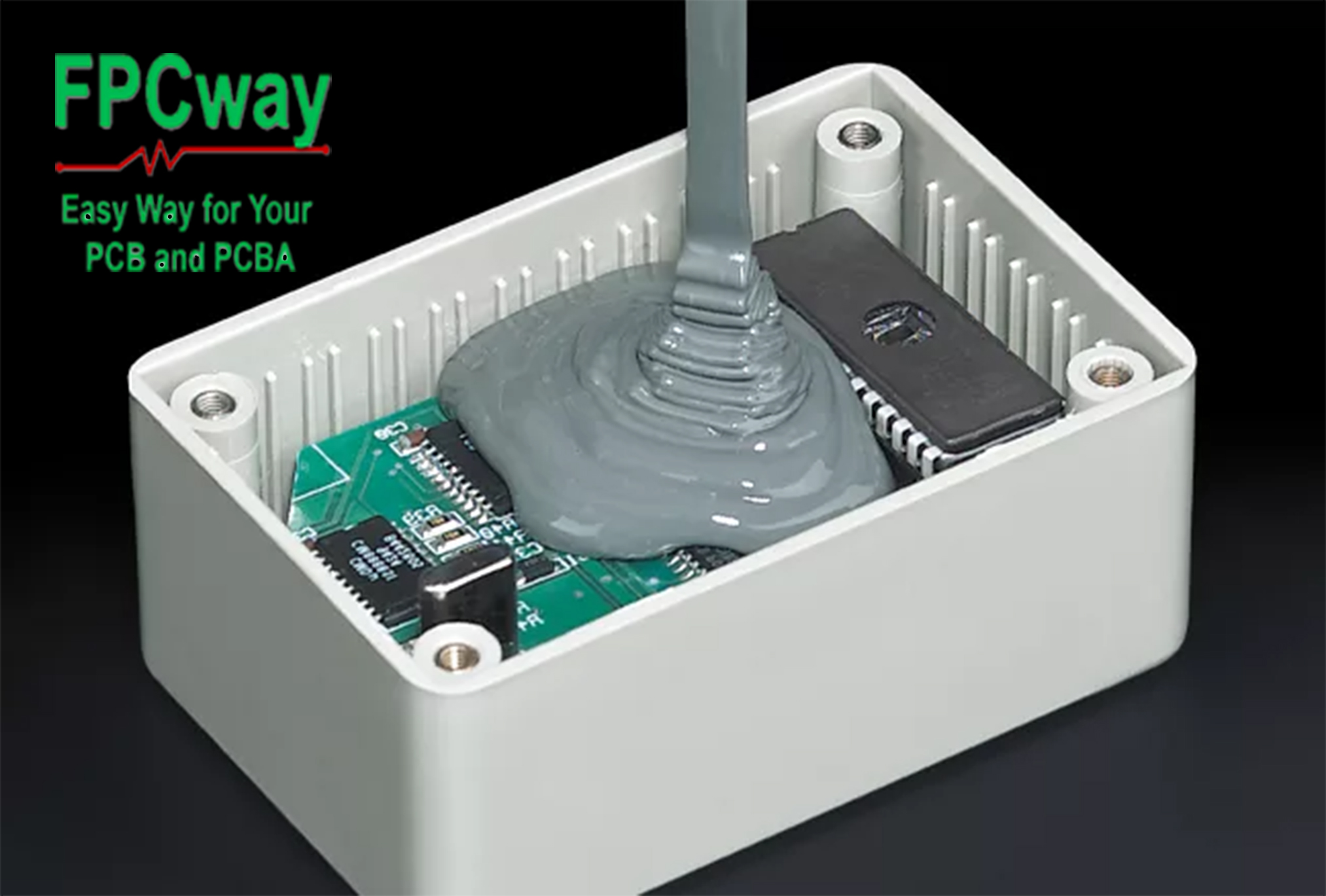- Flex PCB Blog
- Reflow Soldering PCB Temperature Curve Explanation
- What is FPC
- Special attention points for flexible circuit wiring
- Multilayer PCB Stack-up Basics | PCB Knowledge
- PCB Protection: Potting or Conformal Coating? | PCB Knowledge
- FPCway: Specialized manufacturer of flexible printed circuit boards and rigid-flexible printed circuits
- Future Trends of Flexible Circuit Boards
- Rigid-Flex PCB Stack-up for Impedance Controlled Designs
- Control Impedance Between Rigid PCB and Flex PCB
- Flex PCB Reliability and Bendability
- Normal Flex PCB Specifications
- Flex PCB Polyimide Coverlay and Solder Mask
- Flex PCB Boards and Connectors
- About RA Copper and ED Copper
- Introduction of Flexible PCB
- 5 Tips For Designing Flexible PCB
- Advantages of FPC (Flexible PCB)
- Evolution of the Flex Printed Circuit Board
- Benefits of Using Flex Circuit Boards
- Why Rigid-Flex PCBs are Economical?
- Flexible PCB vs Rigid PCB
- Development of Flexible printed circuit board (FPC) market
- Traditional Manufacture Engineering of FPC Substrate
- Development Trend of FPC Board
- Flex PCB and the Manufacturing
- About Flex PCB design
- About Flex PCB and Assembly
- How to Ensure Flex PCB Design Success
- How to Select the Appropriate FPC Materials?
- The Differences In Rigid PCB, Flex PCB and Rigid-Flex PCB
- Flex-Rigid PCB Design Guidelines
- Beneficials for Polyimide Flex PCB Boards
- About Stiffener on Flex PCB FPC circuit Boards
- About ENIG and ENEPIG
- PCB Surface Finish Comparison
- Copper Thickness for FPC Boards
- Interconnect Solutions for Flexible Printed Circuits and Etched Foil Heaters
- Advantages and Disadvantages of Rigid-Flex PCB
- About FPC Plating Process
- About EMI shield design for Flex Printed Circuit Board
- PCB Assembly Blog
- FPC Research Blog
PCB Protection: Potting or Conformal Coating? | PCB Knowledge
PCB potting is a process where a printed circuit board or electronic component is immersed or coated with a protective material, usually a liquid or gel-like substance called potting compound. Depending on applications, there are three commonly used materials: epoxy, polyurethane and silicone.
In the potting process, an electronic assembly is carefully placed inside a mold, often referred to as the “pot”. This mold acts as a temporary container and shaping tool during the potting process. The “pot” is then filled with the selected potting compound. This compound, once cured or hardened, permanently encapsulates and shields the electronic assembly, providing the desired protective characteristics.

FPCWay social figure for PCB potting example
Advantages of PCB Potting
The filled compound is helpful to prevent moisture and corrosive agents from reaching the components, and it also provides shock and vibration protection. For example, potting helps to prevent bubbles and air pockets from forming in electronic components. Bubbles and air pockets can reduce the thermal conductivity, mechanical strength, and electrical insulation of the potting material. They can also create voids that can trap moisture and other contaminants.
Applications of PCB Potting
The applications of PCB potting are diverse and widespread across various industries. In the automotive sector, potting is utilized to protect sensitive electronics in vehicles from extreme temperatures, vibrations, and corrosive substances encountered on the road. In aerospace and marine applications, potting is essential for ensuring the functionality and longevity of electronics exposed to demanding environmental conditions.
How does potting compare to conformal coating?
As an alternative of potting, some PCBs or components are directly applied with a thin layer of transparent conformal coating. So, both act as the barrier providing protection, how to weigh up the two protective solutions?
Protection Strength: Thickness is a key factor that determines the protection strength of both conformal coating and potting. Conformal coatings are typically applied at a thickness of 25-250 micrometers and common materials for this coating include acrylics, silicones, urethanes, and epoxies. While potting materials are typically applied at a thickness of 1-10 millimeters. This means that potting provides better protection than conformal coating, but it also adds more weight and volume to the device. For example, conformal coating is common with mobile and handled electronics while potting can provide additional protection and is applied into more extreme conditions.
Flexibility and Rework:
In terms of flexibility, conformal coating offers greater adaptability and ease of modification compared to potting. The thinner coating layer allows for rework, repair, or modifications if needed, making it a suitable choice for applications where changes may be anticipated. Solvent-based, mechanical, thermal and chemical stripping are all available rework methods. On the other hand, potting, once cured, forms a rigid and immovable protective casing around the components. It's less flexible and more challenging to modify or rework after the encapsulation process.
In summary, potting is preferred when maximum protection is crucial, especially in harsh or extreme environmental conditions. On the other hand, conformal coating strikes a balance between protection and flexibility, making it suitable for applications where modifications and adaptability are important, and weight and volume are constraints. The choice ultimately depends on the specific needs and priorities of the application.
Click here for more information: https://www.fpcway.com



